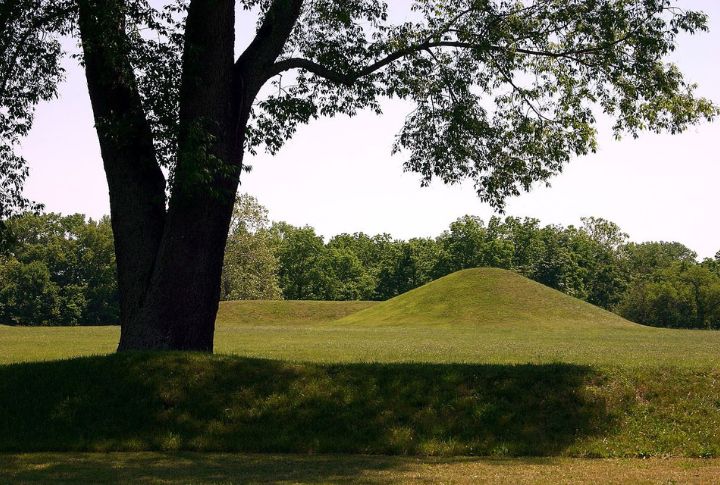
Beneath Ohio’s rolling hills lies evidence of prehistoric engineering—structures shaped with purpose, yet still wrapped in questions. Each mound offers a glimpse into a past shaped by ritual and community. Exploring them today brings us closer to understanding the people who built them and the world they left behind.
Mound Structures Reveal Ancient Engineering Techniques
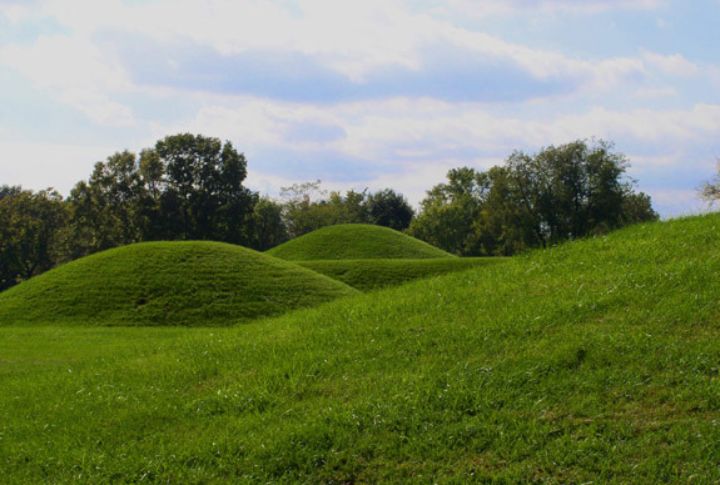
Built with precise geometry and aligned to celestial events, Ohio’s ancient mounds reflect knowledge of the skies and how to shape the land around them. Even without metal tools, the builders achieved structural stability and spatial harmony that still impresses modern engineers.
Evidence Of Trade And Cultural Exchange Was Found

Artifacts (including obsidian, copper, marine shells, mica, and galena) came from far-reaching regions. Their presence points to vast trade networks and cultural exchange, revealing how ancient societies were far more connected and economically complex than often assumed.
Burial Practices Tell Us A Lot About Native Societies
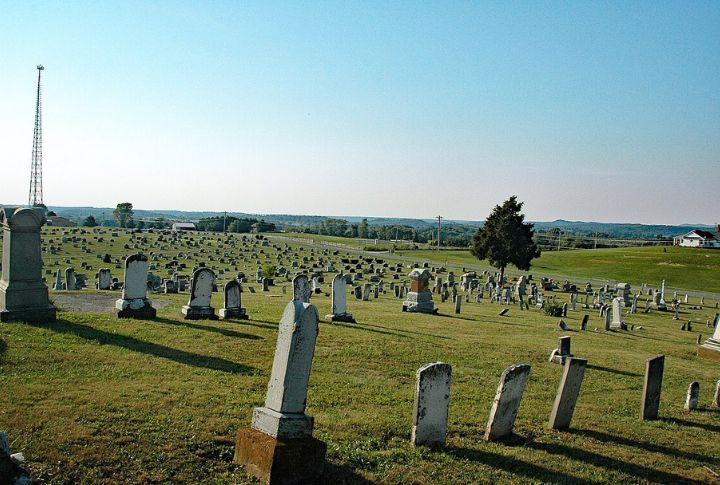
Burial practices reveal organized social roles. Leaders were interred with items like copper and shells, signaling status. Children were often buried with small tools or charms, while elders received carefully positioned graves. Here, death wasn’t an end, but part of a continuous spiritual connection.
Scientific Methods Are Used To Date And Analyze Mound Sites
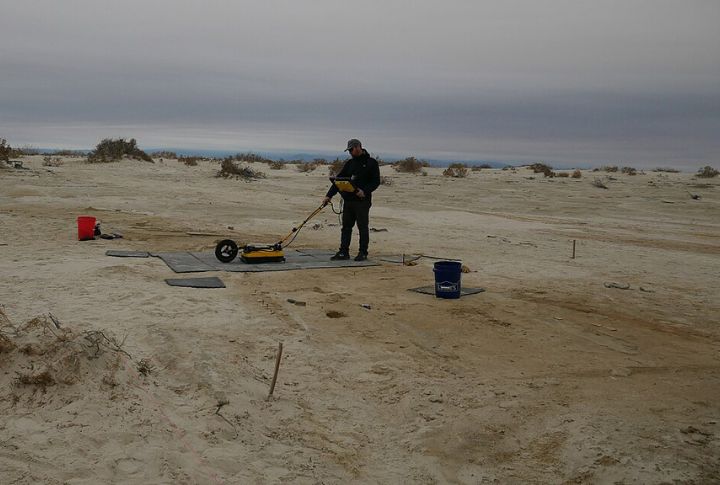
Today’s archaeologists use non-invasive methods such as radiocarbon dating and magnetometry to study mounds. These methods reveal internal structures, burial layers, and construction timelines, offering new insight while honoring the sacredness of each site.
There Was A Connection Between The Mounds And Waterways

Many mounds were built beside rivers or streams, where water was easy to access for drinking, farming, and transportation. The spots also provided natural gathering places. The repeated pattern suggests the builders chose these locations carefully, blending practical needs with cultural and spiritual purpose.
Early Excavations Had An Impact On Historical Interpretation
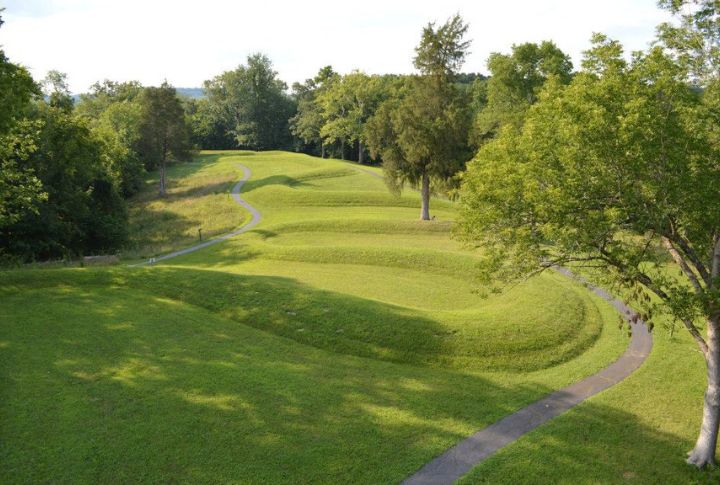
Early excavators destroyed mounds and wrongly credited them to a “lost race.” Indigenous stories were ignored, and context was stripped away. Today, archaeology works with Native communities to restore the truth and the dignity of these sacred places.
There Was A Role Of Oral Histories In Understanding Mound Traditions
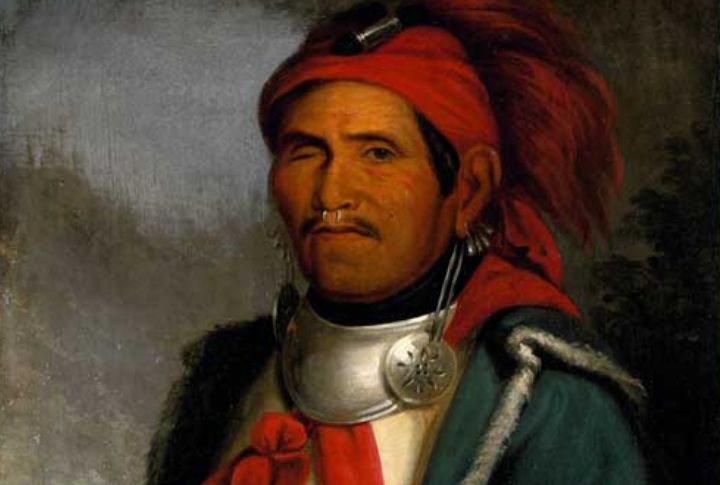
Sometimes, ancient wisdom and modern research can go hand in hand. Stories from the Shawnee or Delaware tribes often align with today’s scientific findings. These oral accounts bring the mounds to life, describing their meaning in ways that archaeology alone can’t.
European Settlement Disrupted Mound Cultures
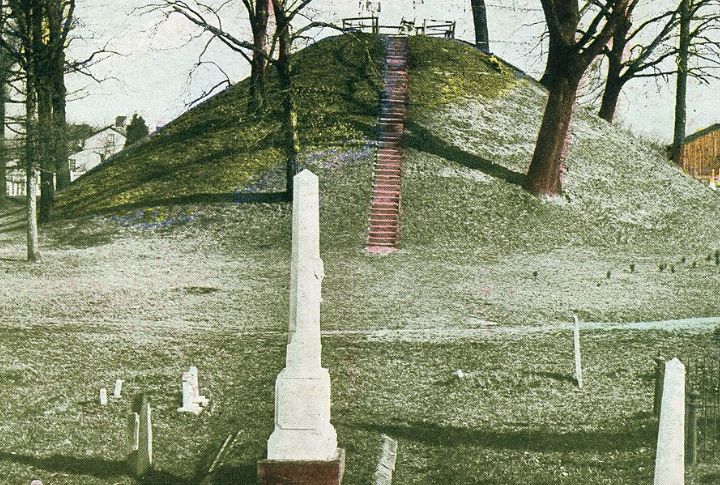
As European settlers moved in, they leveled thousands of mounds to make way for farming and construction. This destroyed burial sites, ceremonial grounds, and community centers. Native groups were displaced, and with them went the knowledge of how and why these sites were used.
Repatriation Laws Have Sparked Ongoing Disputes Over Sacred Artifacts
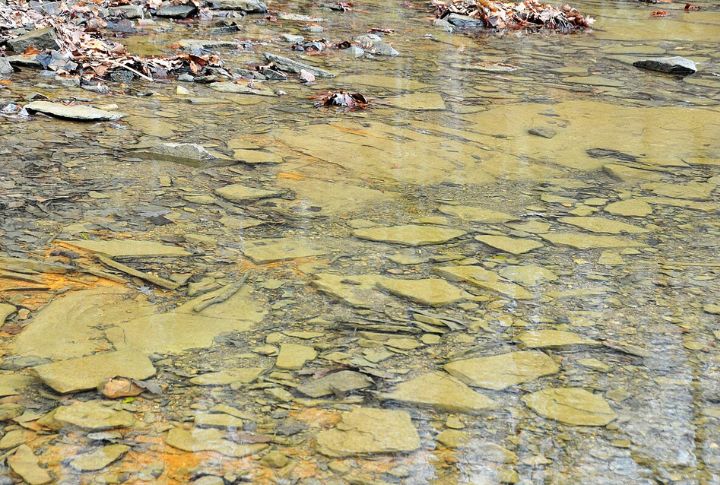
Laws like NAGPRA aim to return ancestral remains and sacred items to Indigenous communities. However, tensions persist between tribes seeking rightful repatriation and institutions reluctant to part with culturally significant collections.
These Ancient Mounds Have Lasting Significance
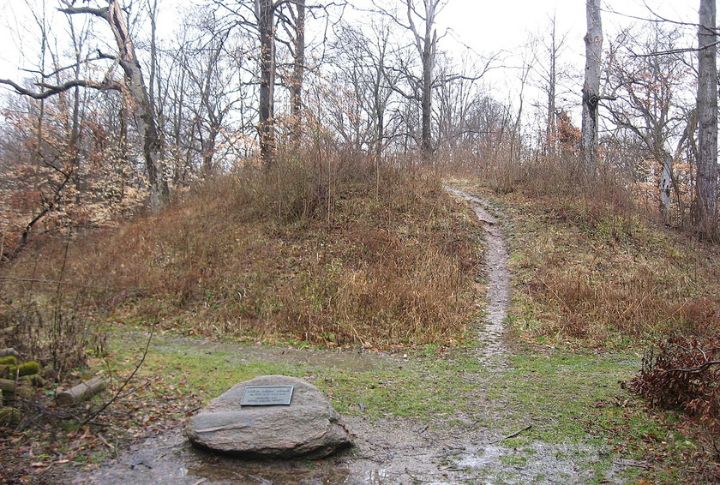
What makes these mounds important today isn’t just their age—it’s what they reveal. They show how ancient communities shaped the land with purpose, often guided by the seasons and sky. Studying them helps us piece together stories that were never written down but still speak through the soil and structure.
